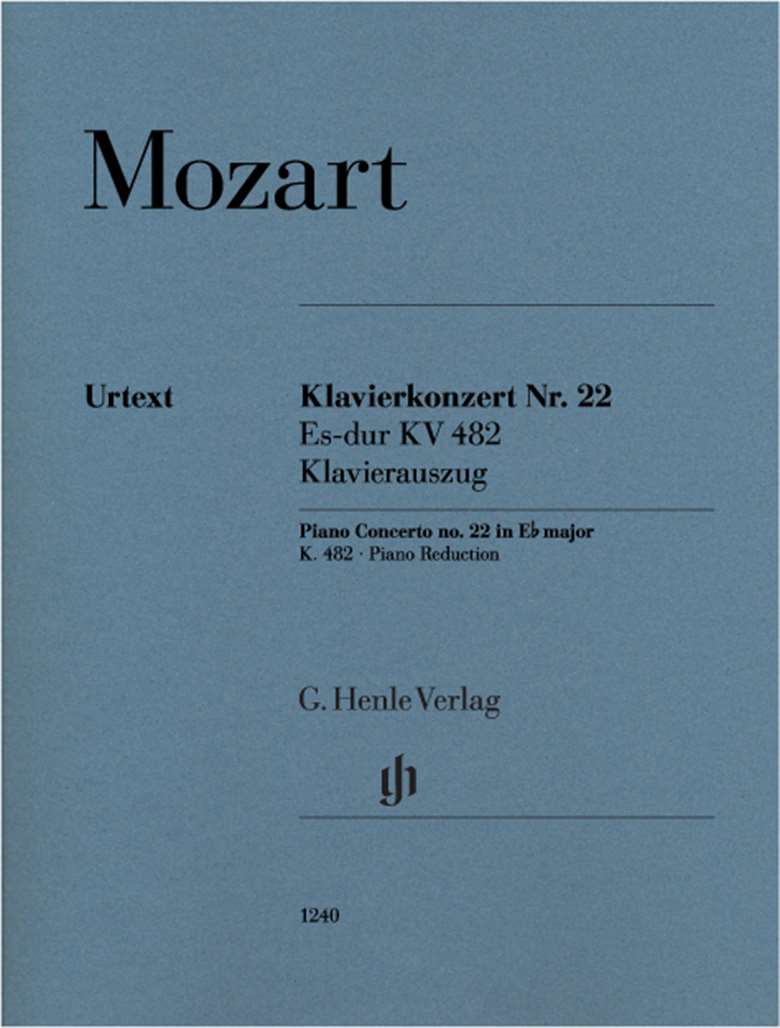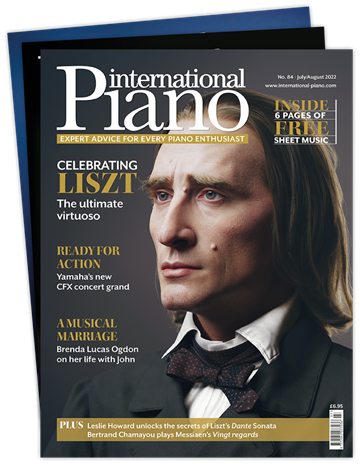Mozart: Piano Concerto in E-flat major K482 – Piano reduction
Murray McLachlan
Wednesday, November 2, 2022
This new edition from Henle is elegantly presented, displaying the clarity and precision typical of Germany's leading urtext publisher

Register now to continue reading
This article is from International Piano. Register today to enjoy our dedicated coverage of the piano world, including:
- Free access to 3 subscriber-only articles per month
- Unlimited access to International Piano's news pages
- Monthly newsletter






